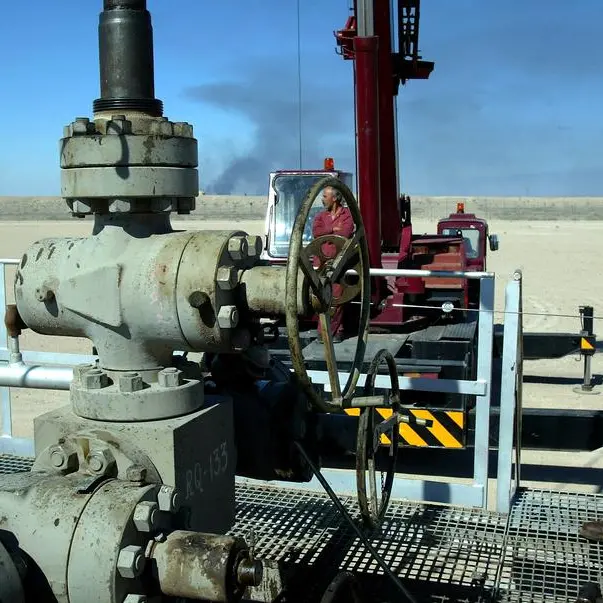Bahrain will serve as the headquarters for a new US Navy task force aimed at combating threats from unmanned systems and artificial intelligence (AI).
Task Force 59 will be commissioned today under the Fifth Fleet to bolster maritime awareness to deter “malign actors”.
It is expected to work closely with regional partners and ensure the US Navy fleet can tackle emerging threats.
“This is a first-of-its-kind task force for the fleet that is focused on the integration of unmanned systems and artificial intelligence,” Fifth Fleet spokesman Commander Tim Hawkins told the GDN.
“Bahrain has been chosen as the base for the new task force because the US Naval Forces Central Command (NAVCENT) headquarters is here and it also hosts the Fifth Fleet.”
Commander Hawkins said the regional waters help in the real evaluation of the task force, amidst three strategic and critical choke points of the Strait of Hormuz, the Suez Canal and the Strait of Bab El Mandeb.
An unmanned system (US) or vehicle (UV) are controlled by a remote pilot and can navigate autonomously based on pre-programmed plans or specific targets.
Experts will be dealing with drones, underwater vehicles and surface vessels using the latest technology.
Commander Hawkins said with a heavy maritime traffic operating in the region, it was vital to test and evaluate the efficiency of the new task force.
“The regional waterways offer a real-world environment to accelerate the testing and application of new technologies,” he said.
“The dynamic nature and uniquely challenging weather conditions in the maritime domain present favourable opportunities to assess the reliability of new systems.”
Task Force 59 will be led by Commodore Captain Michael Brasseur who has more than 20 years’ leadership experience in the US Navy, and helped launch and lead a major unmanned systems initiative at North Atlantic Treaty Organisation (Nato) prior to arriving in Bahrain.
“He will be supported by a cadre of world-class advisers on strategy, science, technology and ethics.
Expertise
“The staff includes experienced operators with region-specific expertise to include directors for unmanned systems; unmanned exercises; task force integration; cyber, AI and space; and partnership opportunities.”
The current task force strength includes 15 military and civilian personnel.
“By the fall of 2022, the staff is expected to include five additional personnel as well as five to 10 liaison officers from partner nations at any given time.”
The autonomous systems aim to provide additional strategic and tactical capabilities to the US Navy and its partners, and comes at a time of heightened maritime threats from Iran, specifically with the alleged use of unmanned drones.
“The US Navy remains committed to maritime security and stability in the region.
“This is a focused, partnered effort to accelerate the integration of new systems and its ethical operations.
“The new system ensures vigilance, visibility and deterrence of threats from malign actors, as well as allows AI-enabled technologies to help understand or process data.”
The technologies that prove resilient in the Fifth Fleet area of operations will be scalable across other fleets.
The US Navy, in a report prepared for members of Congress last month, said that it wanted to develop and procure three types of large, unmanned vehicles called Large Unmanned Surface Vehicles, Medium Unmanned Surface Vehicles, and Extra-Large Unmanned Undersea Vehicles.
The US Navy’s proposed 2022 budget requests $434.1 million in research and development funding for these large UVs and their enabling technologies.
It wants to acquire these large UVs as part of an effort to shift the Navy to a new fleet architecture.
© Copyright 2020 www.gdnonline.com
Copyright 2021 Al Hilal Publishing and Marketing Group Provided by SyndiGate Media Inc. (Syndigate.info).




















